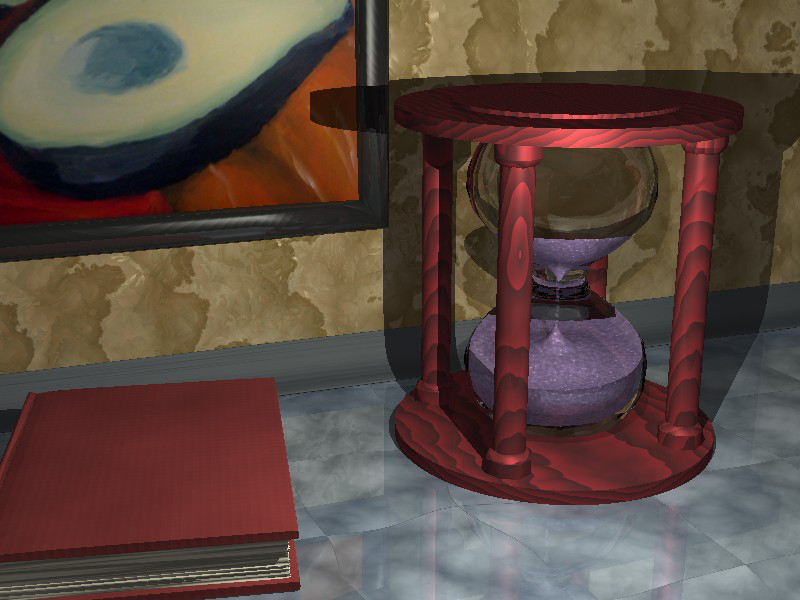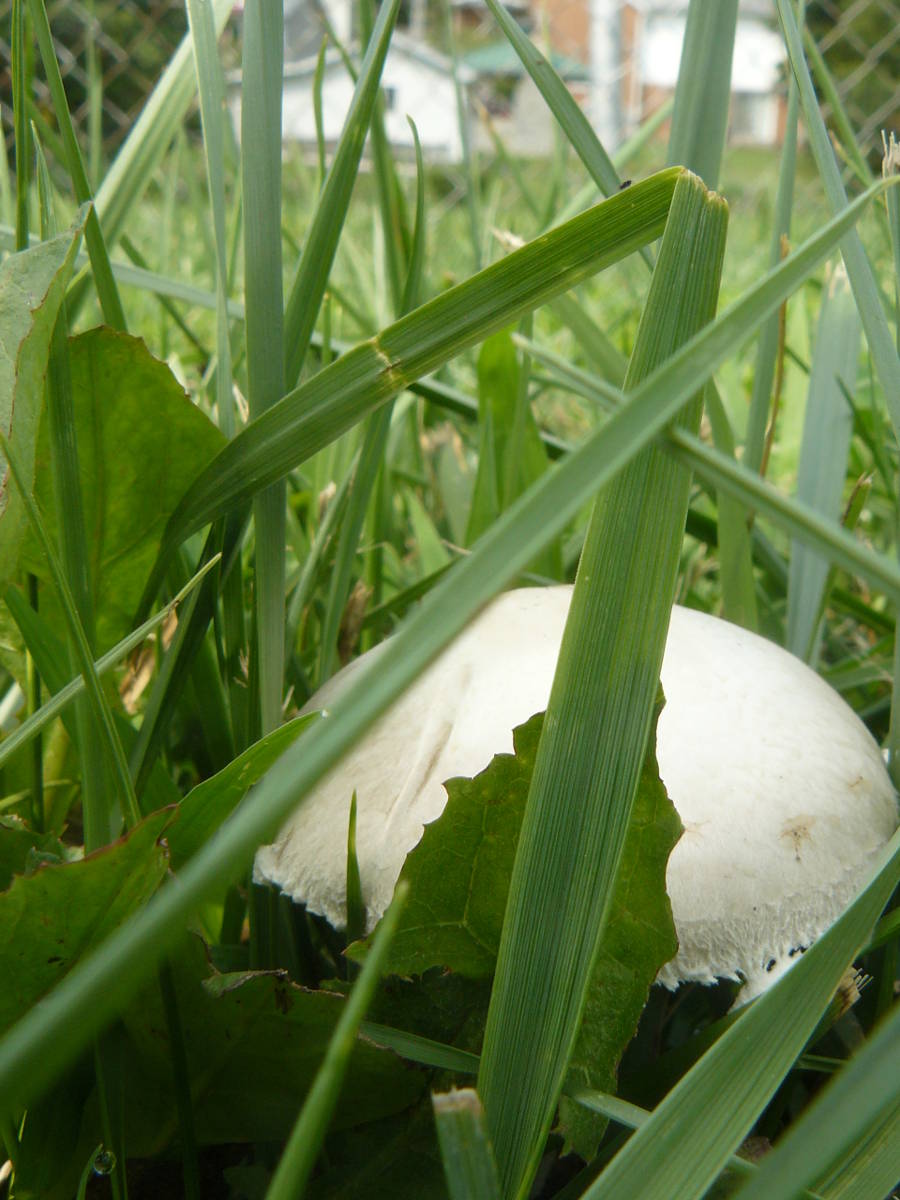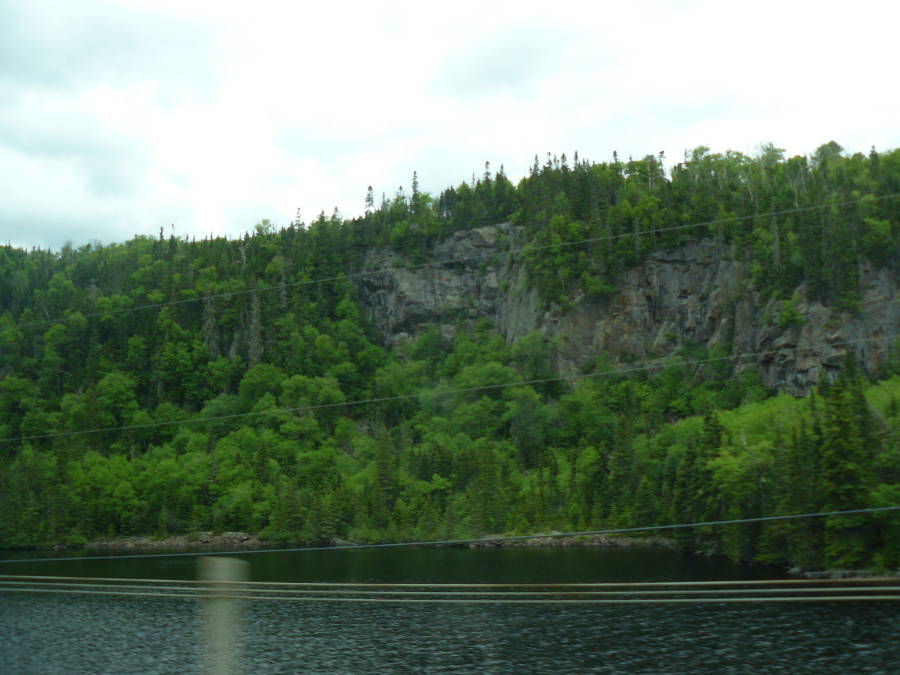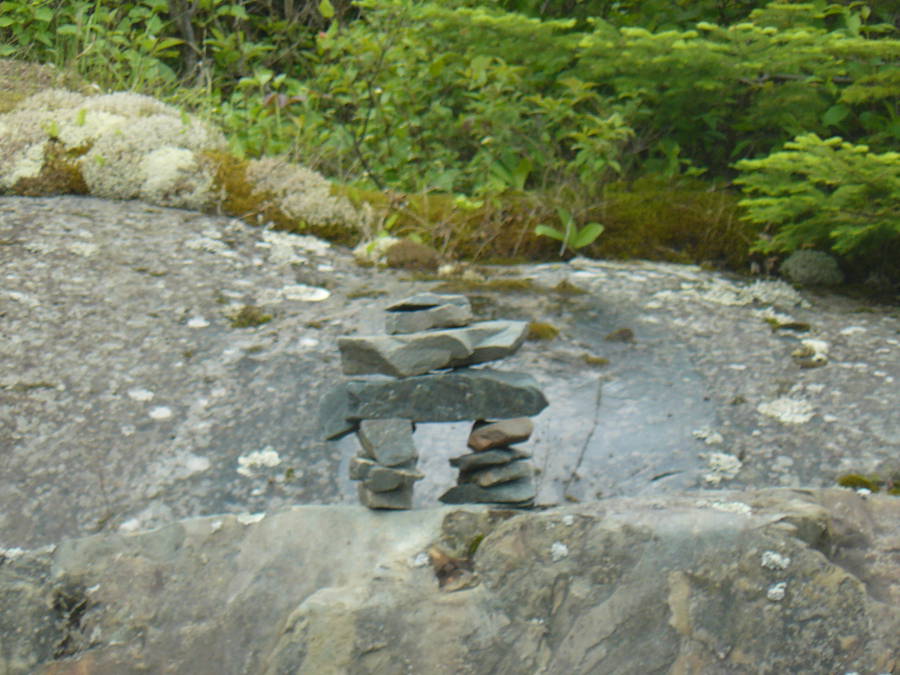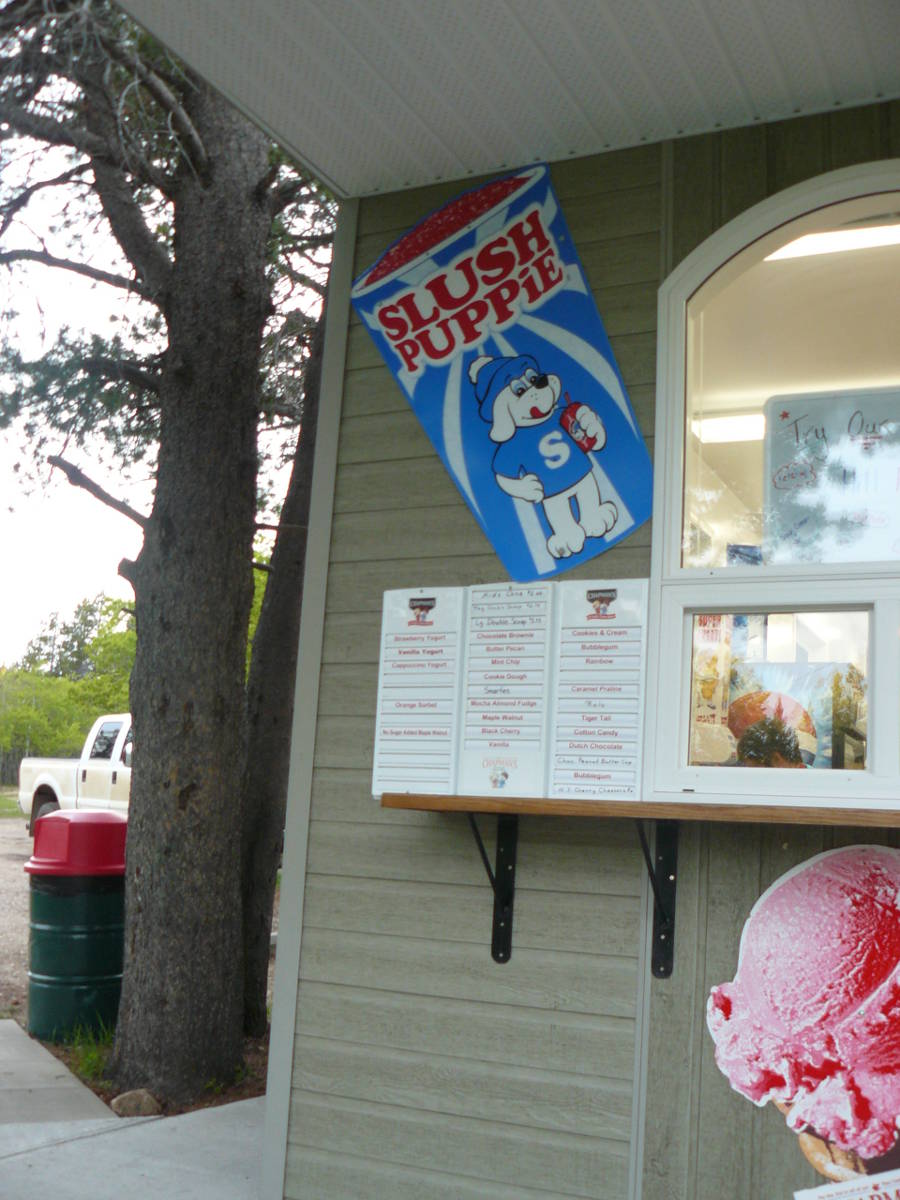There was a bit there when I was trying to learn how to do 3D artwork. For a long time, for most of collage actually, I was aiming to become a video game designer/artist, and 3D art is important enough for that field that I wanted to give it a serious go.
This piece was made with an open source program called Art of Illusion. I have no idea if that program’s still available, though if it is I may want to check it out again. It has been 5 years since I last used it, which is plenty of time for the program to evolve – or to have become long abandoned. I did manage to learn how to do things in the program fairly easily – which is far more than I can say about any of the much more commonly used programs I tried in my classes.
There’s a few common ones, but the ones that are best known are Studio Max 3D, Maya, and Poser. Studio Max 3D is best for creating static pieces like buildings and landscape, Maya is best for animation and detail work, and Poser gives a set of premade pieces for arranging in whatever method needed. There’s also a range of a different type of 3D modeling pieces, using a sculpting method that allows for much more detailed work but doesn’t translate into animation too well, but these tend to be very expensive and none of their names stick in my head. Studio Max and Maya are commonly used for games, since they mesh together well and are good for producing animation and scenes that both look good and don’t take too much disk space, which is important for video games. Poser and the sculpting programs are best for single scenes, such as book covers and posters. Poser isn’t too detailed but is easy to use, while the sculpting programs are the opposite, a pain to learn but produce gorgeous pieces (that make very large files).
Mind you, all this information is a few years out of date. I haven’t paid attention to these programs since I abandoned the dream to become a video game designer about 3 years ago. It was a bit of a fabricated dream, really. I’d looked at all the things I like doing -video games and art, mainly – and said “well, what jobs combine these”. Alas, I never found any specific aspect of video game design that became a passion, even after taking a class that was designed to show off all the various jobs related to video games. And there’s a lot of them, all highly specialized. They all require a lot of passion to do well, too, what with the long hours and hard work. I’m lacking that level of passion, and I’m more of a generalist, jumping from one thing to another on a whim.
Though it didn’t help that the 3D teacher in my collage focused on Poser and the related, higher powered program (I think it’s called something like DAZ or the like.) It’s a good program for those who are solidly non-math, and just want something that lets them mess around without ever having to see a number. Which, alas, drove me crazy. I’ve got a strong math side and I kept twitching every time I had to click through three menus to get to where I could tell the program I wanted it to move this sphere 50 units to the left. Studio Max and Maya actually have the opposite problem for me, oddly enough. They’re all about numbers, and I frequently want to shove things around without having to tell the program that I want to select the face of the polygon rather than the point behind the face that it’s trying to get me to move since I’m still in the “points” section rather than the “faces”. Which made the later class I took at the local community collage just as irritating.
Maybe the programs have gotten closer to the happy middle I’d need. Art of Illusion actually was there, but had very few features. I’m focusing more on 2D art for now. Still, the 3D programs do have a lot of advantages that you can’t find in 2D.

